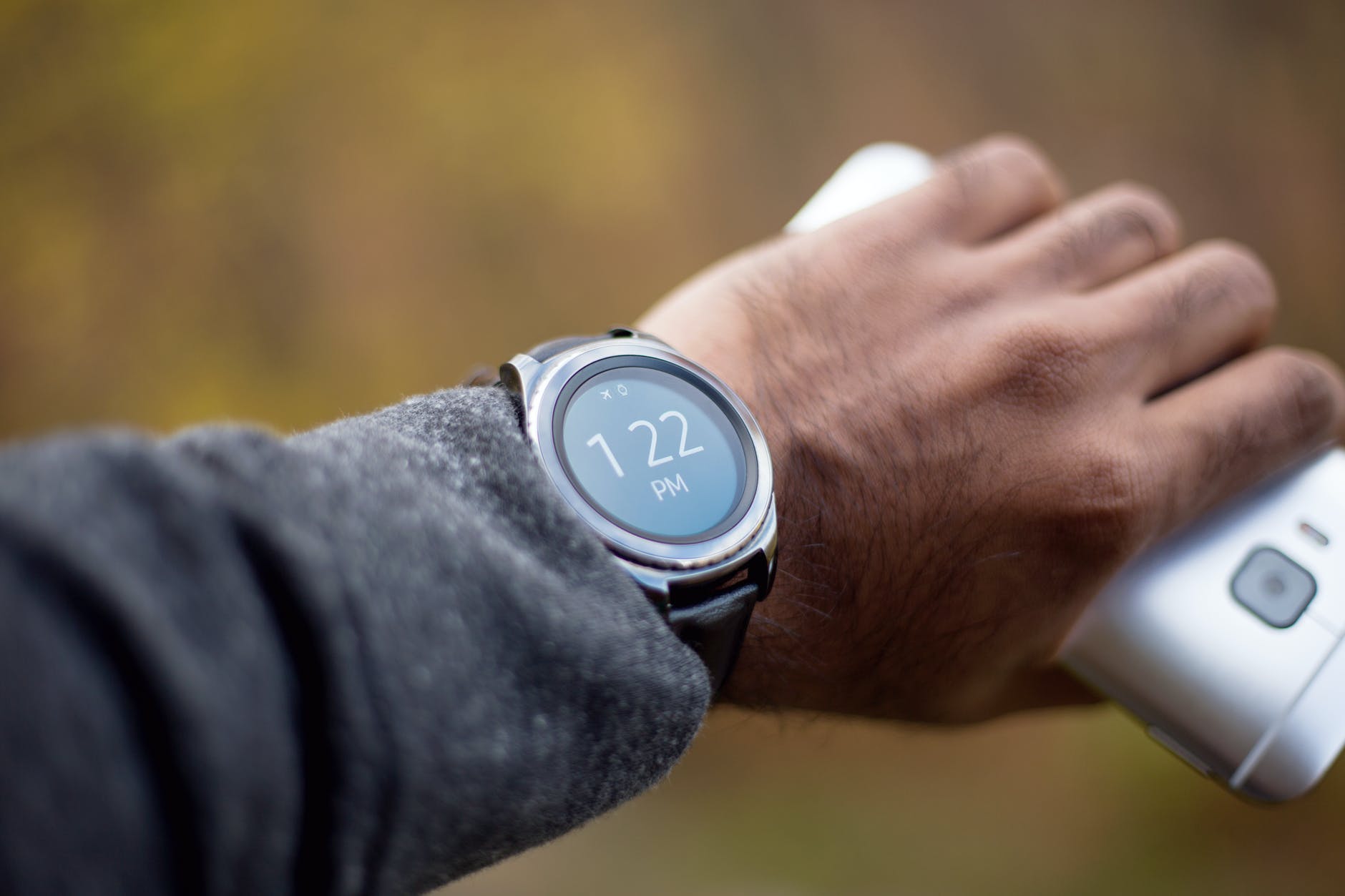Ask Bryan
Moving from analogue to smartwatch
Making the move from analogue to smartwatch can be daunting. BRYAN TURNER unpacks the pros and cons of making the switch.
Q: My analogue watch has stopped working after many years. Should I get a ‘smart’ watch?
A: Sorry to hear your analogue watch has stopped working. I found myself in the same position a few years back and considered a smartwatch as a replacement. From my experience, there are pros and cons to making the switch.
The biggest positive is insight. Switching to an Apple Watch enabled a host of new features, like on-wrist notifications, heart metrics that were previously only possible with medical equipment, and preventative safety features. After falling off a ladder when cleaning the gutters, my smartwatch alerted my emergency contacts that I had fallen hard and I didn’t tap the watch screen to say that I was okay. In other cases, smartwatches can detect irregular heart rate rhythms: something one doesn’t notice before a heart attack happens. These kinds of features make it well worth it.
The biggest negative is the charging. Even the longest-lasting smartwatches need to be charged every two weeks and the processor-intensive ones need to be charged daily. Coming from multiple years of battery life to a few days or weeks is a big adjustment, and can be a pain point when forgetting to put the watch on charge.
There is a mid-point. The Withings Move ECG is a smartwatch with an analogue look, that provides up to a year’s worth of battery. This watch comes with the usual step counter, sleep tracking, and swim resistance, in addition to an electrocardiogram feature to detect irregular heart rate.

















